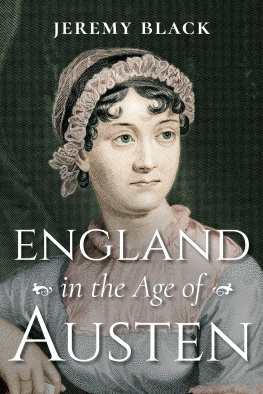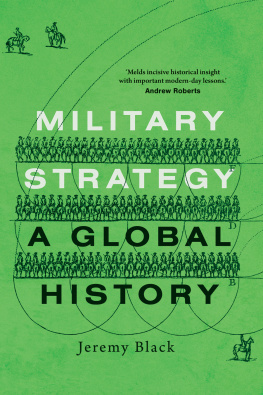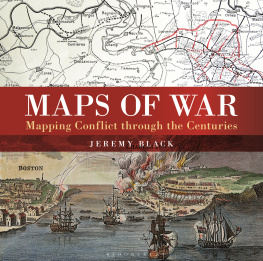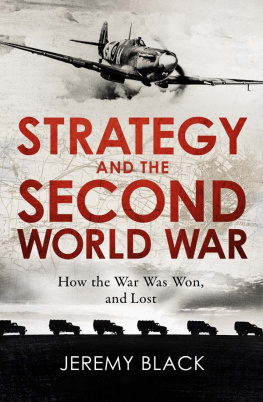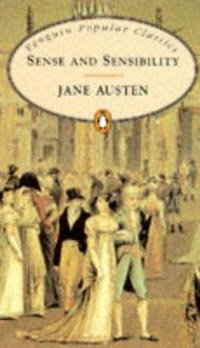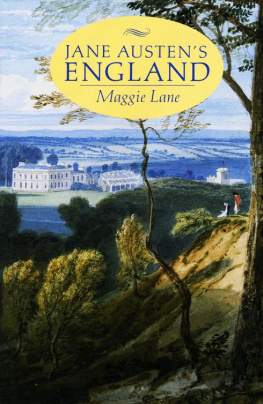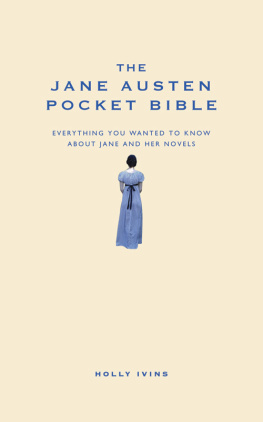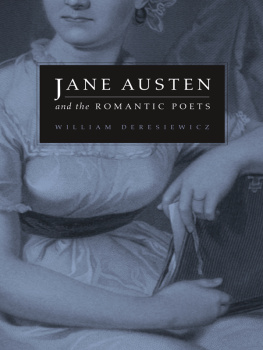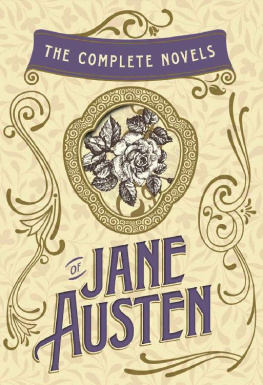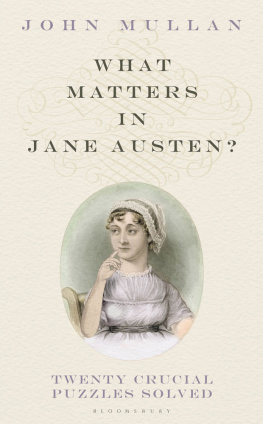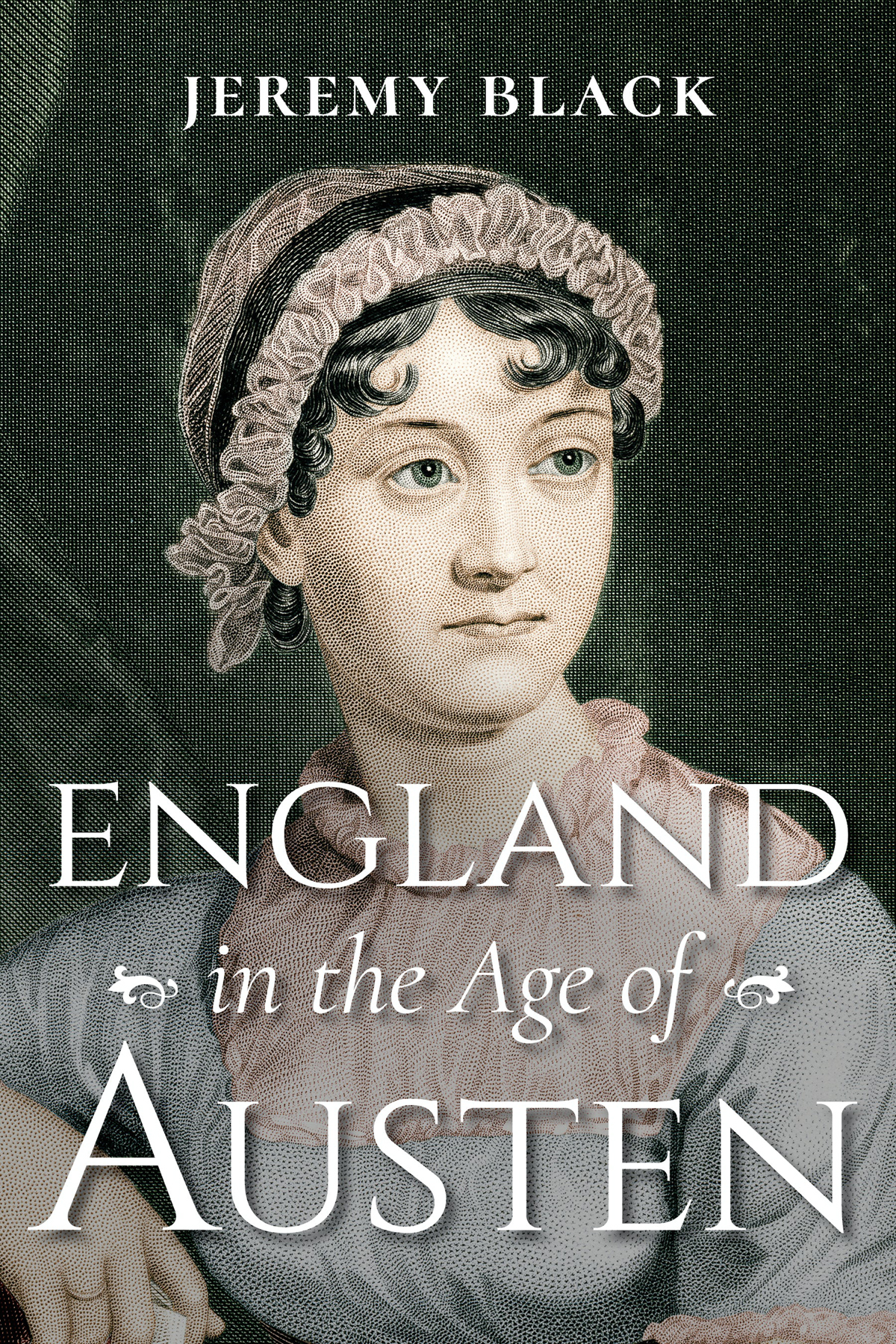Contents
Guide

This book is a publication of
Indiana University Press
Office of Scholarly Publishing
Herman B Wells Library 350
1320 East 10th Street
Bloomington, Indiana 47405 USA
iupress.org
2021 by Jeremy Black
All rights reserved
No part of this book may be reproduced or utilized in any form or by any means, electronic or mechanical, including photocopying and recording, or by any information storage and retrieval system, without permission in writing from the publisher. The paper used in this publication meets the minimum requirements of the American National Standard for Information SciencesPermanence of Paper for Printed Library Materials, ANSI Z39.48-1992.
Manufactured in the United States of America
First printing 2021
Cataloging information is available from the Library of Congress.
ISBN 978-0-253-05192-9 (hardback)
ISBN 978-0-253-05193-6 (paperback)
ISBN 978-0-253-05194-3 (ebook)
For Celia and Ambrose in friendship
CONTENTS
Only some work in which the greatest powers of the mind are displayed, in which the most thorough knowledge of human nature, the happiest delineation of its varieties, the liveliest effusions of wit and humour are conveyed to the world in the best chosen language.
Jane Austen on novels, Northanger Abbey
IT IS A TRUTH UNIVERSALLY acknowledged that Jane Austen ignored the world in which she lived in order to focus on the deeper level of personal relations. Where, after all, are the Industrial Revolution, the American Revolution, the long and difficult wars with France, and the contentious politics of these years, all of which were urgent during her lifetime, 17751817, and would have been prominent in the newspapers she and others read? These are not discussed in her works, and references to all except the wars with France are limited.
Less surprisingly, there is no echo of the radicalism reproduced in the film Peterloo (2018) reflecting a major episode two years after she died, nor that adopted by the pseudonymous Vox Populi in the letter he (presumably) published on January 9, 1779, in the recently launched, Southampton-based Hampshire Chronicle, a newspaper that circulated in the area where Austen lived. This letter proposed to substitute taxes on hunting, hunting horses, coach horses, racehorses, and Jews for those on the necessaries of life, urged a prohibition on the wearing of jewelry, and called both for the abolition of salaries for major posts and for financial contributions from the peerage. That argument was eccentric to the political debate in 1779, but radicalism, in a range of forms, including millenarianism, was far less so from the 1790s.
Yet these exclusions scarcely mean that Austen lived separated from the wider world or that her novels ignore this world. Far from it. Indeed, a host of references, admittedly albeit often brief ones, have been ably elicited in scholarly editions and literature. Austen is only apparently uninterested in the broad sweep of history. In fact, through her novels she gives an unparalleled sense of the flavor of life for people of her class in her time. There is, of course, much in the England of her time that she does not write about, but it is part of the backdrop to her work. Her novels, therefore, serve as a kind of gateway into that England: both the England she writes about and the one she does not write about. This book displays some of the many points at which her novels open up to the history of the time and helps bring Austens England to life, weaving together incidents and discussions in the novels, aspects of Austens own life, and events from the lives of some of her contemporaries to illustrate that history. So certain key figures, like George III and Fanny Burney, crop up repeatedly. Rather like Austens characters, they can provide a focus for the discussion of historical changes and continuities.
Austens own views on her world are hard to pin down, despite excellent biographies and supplementary scholarship. The detailed evidence for the entire course of her life is sometimes elusive. Although she was far from being a somewhat prebiographical figure, like all too many eighteenth-century individuals, Austen is very much located in her novels, both because they are superb and because she left relatively little evidence of her own views and experiences. Austen was not a Boswell, a Johnson, or a George III, all of whom are far easier to approach. There are no surviving diaries and relatively few surviving letters.
This was not simply because she died at forty-one, but it is also the case of letters per year. In a common pattern for the age, some letters may have been deliberately destroyed. Thus, her sister Cassandra both long survived Austen and, according to a remark by an aged niece of Austens whose recollections could well be faulty, made an effort to destroy letters written by Austen that she regarded as inappropriate. Presumably these would have been those seen as intimate and/or indiscreetfor example, in discussing health issues. As a result, as with most authors, it is necessary to explain Austens world without always being able to draw direct connections between it and her opinions or to establish whether those connections are intended as causative or just indicative.
England in Austens lifetime was certainly a world that was changing. In 1775, the year in which she was born, Britains most populous colonies in North America began a long fight for independence. Their success by 1783, and the eventual establishment of the United States of America, would totally destroy the unity of the British Empire and assert a set of principles, seen with the Declaration of Independence in 1776, that suggested a radically different political system and culture.
The American Revolution was not the sole evidence of change. The worlds first iron bridge, designed in 1775, was erected at Coalbrookdale in Shropshire in 177779. It had a 120-foot span and carried the road on arched ribs springing from the bases of two vertical iron uprights. The construction details were worked out by experienced iron founders. Wrought iron had long been a valued decorative material, but replacing charcoal with coke smelting meant that reliable and precise cast iron had become available. So many people came to see Coalbrookdale that a new hotel was built for them.
Heroic paintings were produced in praise of scientific discovery and technological advancefor example, by Joseph Wright of Derby. The side not shown was the hardship and insecurity produced by economic transformation. This came to the fore with violent disturbances in the 1810s, notably by the Luddites, that broadened out from their origins in concerns about labor-saving machinery that contributed to unemployment.
The year after Austens birth, 1776, saw not only the American Declaration of Independence but also the publication of Adam Smiths The Wealth of Nations. This provided the basis for modern economic theory and argued the case for the free trade that was to become the ideology of the nineteenth-century British state and the context for economic transformation. That year also saw the first volumes of Edward Gibbons Decline and Fall of the Roman Empire, finished in 1788, which suggested that progress was possible and that it was not inevitable that a fresh wave of barbarians would destroy modern Europe as had occurred in imperial Rome.
However, instead of coming from without, the barbarians were to come from within in the shape of the French Revolution. Beginning in 1789, this uprising demonstrated its revolutionary character not only by executing the king in 1793, for England had done likewise in 1649 with Charles I (much to the regret of Austen), but by abandoning Christianity and replacing the Christian calendar. These developments took place in France, which is closer to Hampshire than Highland Scotland, which she also had not visited but mentions in her juvenilia.
Next page
